< back to articles
MDRS mission and PEGASUS 2023 conference: Alice and Roberto tell you all about it!
Published on
As every year, the Fondation ISAE-SUPAERO enabled students to take part in key aerospace events: Alice took part in an MDRS mission and Roberto attended the PEGASUS 2023 student conference in Rome. They tell you.
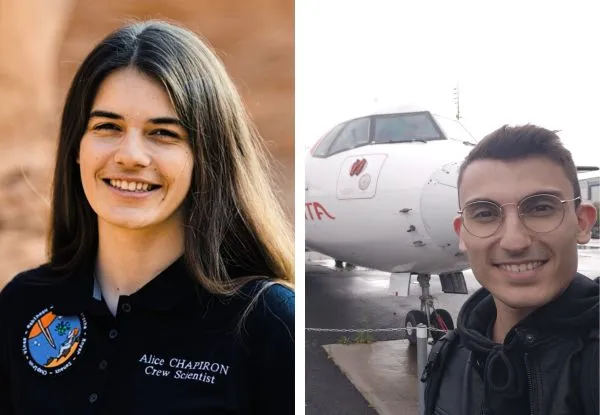
Martian mission in the Utah desert for Alice :
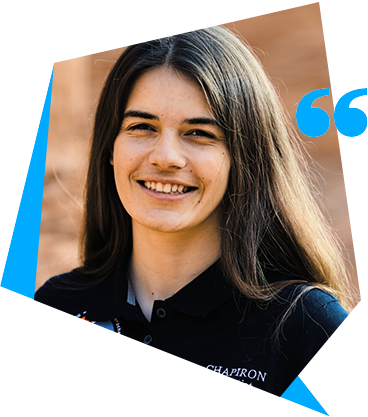
Alice Chapiron
What is the MDRS project?
The MDRS project is part of a 10-year partnership between the ISAE-SUPAERO Mars Club and the Mars Society: every year, an ISAE-SUPAERO crew sets off on a mission to the Mars Desert Research Station in the Utah desert in the USA.
The crew is made up of 7 people: the captain, the flight engineer, the chief scientist, the botanist, the astronomer, the journalist and the health and safety officer. The aim of the project is to contribute to all aspects of space research, in preparation for future lunar and Martian missions.
This year’s mission lasted 4 weeks, a first for missions taking place at this base. We have achieved the vast majority of our scientific objectives, carrying out experiments in human factors, geology, botany, technological tests, atmospheric measurements, etc.
What did your project involve?
We also aimed to popularize our mission to reach out to young people and encourage them in their projects. We worked with OSE, the Cité de l’Espace and CNES to raise awareness of the challenges of space exploration.
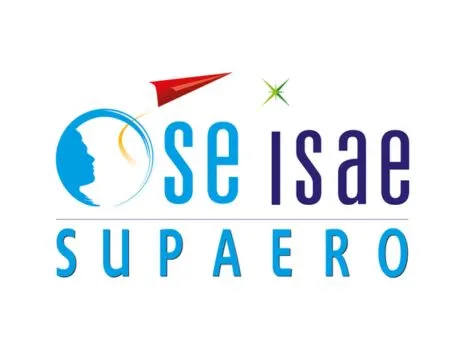
This is a multidisciplinary project, enabling the student crew to work with researchers from all over the world (this year: USA, Sweden, Czech Republic, Spain), with companies at the heart of the space industry and with CNES on joint projects, which is extremely formative.
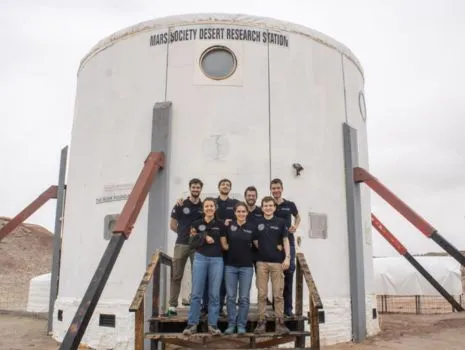
This year, we set ourselves the goal of significantly increasing the mission’s scientific and media impact, and we’re proud to have achieved it. The MDRS mission put ISAE-SUPAERO on the map through our participation in studies carried out by renowned laboratories and universities (KTH University, CEREGE, CNES, MEDES, etc.), and by the media (publications in popular magazines, France Télévisions report broadcast on 10/03, etc.).
“We warmly thank the Foundation and our school for supporting us in this project, which represents the opportunity of a lifetime for us!”
To read all the mission reports of crew 275: click here
Pegasus student conference in Rome for Roberto:
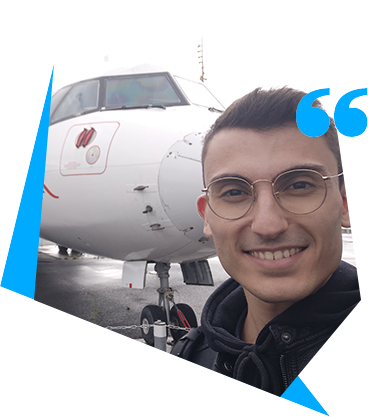
Roberto Di-Giuseppe
On April 15, 2023, I took part in the conference of the PEGASUS international network, which brings together the main European universities active in the aerospace research sector. On this occasion, I was able to present my work from my end-of-studies internship, which took place between April and September 2022 at Siemens Digital Industries Software in Lyon.
The initial aim of participating in this conference was to share knowledge, research results and experiences with an international audience, and to establish contacts with professionals and experts in the field. I was able to meet experts in the field, representatives of organizations and companies, and other professionals in my field.
Another objective was to develop the skills needed to write a scientific article and present a technical paper to industry experts.
What did your project involve?
My project focused on the use of an emerging technology in the aerospace sector, the fuel cell. Several entities, both academic and industrial, are focusing their efforts in this direction to assess their potential in everyday use and in civil aviation. The fuel cell is a technology known since the 19th century and used on the space shuttle, for example. Today, we’re wondering whether it will be possible to use it on board aircraft to limit the polluting emissions associated with air transport. My study focused on the modeling and subsequent simulation of a regional aircraft in which conventional kerosene engines are replaced by a propulsion system powered by hydrogen, thanks to fuel cells.
Retrofitting a regional jet with hydrogen fuel cells is an innovative project that could revolutionize the aerospace sector by offering a cleaner, greener alternative to conventional combustion engines. Many companies are interested in hydrogen and, in particular, a growing number of start-ups are thriving in the market to seize the opportunity and be part of the innovation that will come in the near future.
The aim of the course was also to clarify certain aspects linked to the use of hydrogen. For example, it’s often said that hydrogen emits no pollutants, which may not be true if we don’t consider the correct assumptions.
Have you achieved the goals you set yourself?
I can say that I have fully achieved the objectives I had before leaving, in particular by appreciating the quality of aerospace research within the European framework. What I appreciated most was the curiosity shown by all the other conference participants about my work, and likewise I felt stimulated to understand the work of others, imagining the challenges behind the results presented.
The conference gave me a clearer view of the activities of other universities and helped me understand the importance of collaborations, which are necessary to fill gaps and enrich the skills of distant research teams. I’ve forged links with students at universities with whom I can collaborate in the future if we continue to work on the same project.
PEGASUS has 30 member universities in 12 different countries of the European Union, and 3,000 students graduate from these institutions every year. Therefore, knowing that I was one of the top 38 students invited to present at the conference was a source of pride for me and an encouragement to continue in what I‘m doing, aware of the opportunities that may open up in my future career.
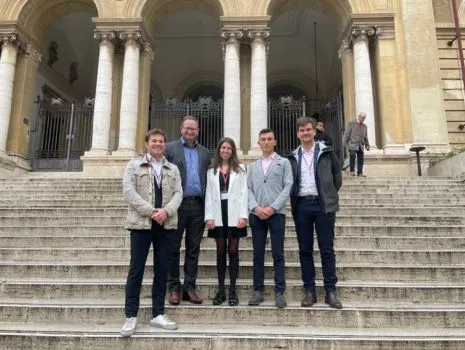
Without the Foundation’s support, it would have been difficult for me to take part in the conference. I can say that this conference has been an opportunity for personal growth for me, and I thank the foundation for that.